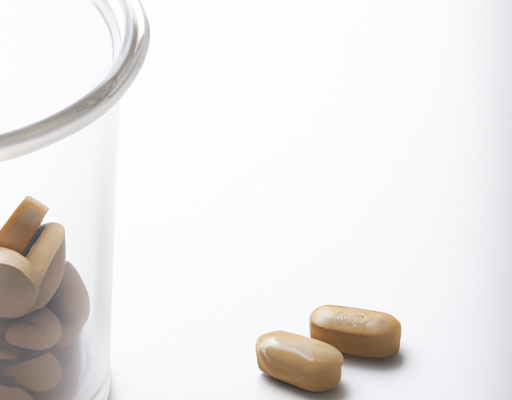Causes of the rash
Underarm rash is a common skin condition which can be caused by a variety of factors. Depending on the cause, the rash might be red, irritated, itchy, dry or flaky. Heat and sweat can make the rash even worse. Some of the most common causes of an underarm rash include heat rash, fungal infection, allergic reactions, contact dermatitis, and bacterial infection. Heat rash is caused by sweat clogging the pores and leading to inflammation. Fungal infection can cause an itchy and red rash, which can be treated with antifungal medications. Allergic reactions can be caused by fragrances, fabrics, and other irritants in deodorants, detergents, and fabrics. Contact dermatitis occurs when an irritation is caused by clothing or jewelry rubbing against the skin. Lastly, bacterial infection is often caused by the bacteria that naturally exist on the skin, but can be made worse by shaving, sweat, and tight clothing.
Symptoms of the rash
Itchy rashes under the arms can be a symptom of many different skin conditions and allergies. While the cause of the rash may be unclear, the symptoms are often similar. Common signs of a rash under the arm include redness, swelling, and itching. In some cases, the rash may even have a bumpy or scaly texture. While most rashes can be uncomfortable and irritating, they are rarely serious and can be treated with over-the-counter medications. However, if the rash persists, worsens, or is accompanied by other symptoms, it may be necessary to seek medical attention.
Treatment options
The rash underneath the arm can be a worrying symptom of a medical condition, so it’s important to seek medical assistance. Here are some treatment options available:
- Antihistamines – These medications can help control the itching and inflammation associated with an arm rash.
- Topical steroids – These medications are used to reduce inflammation and reduce itchiness.
- Antifungal creams – These can help treat any type of fungal infection that may be causing the rash.
- Antibiotics – These medications are used to treat bacterial infections which may be causing the rash.
It’s important to consult with a doctor to identify the underlying cause of the rash and to determine the best treatment. In some cases, the rash may resolve by itself, but it’s important to take precautionary measures to prevent further occurrences.
Prevention methods
Many people suffer from rashes under their arms, and the cause can vary from person to person. The best way to prevent the formation of a rash is to practice good hygiene. Start by washing the area regularly with a mild, non-irritating soap, and then patting it dry with a soft towel. For extra protection, you can use an antifungal powder or cream after bathing. Additionally, keep your underarms dry by wearing loose-fitting clothing and avoiding tight-fitting garments. If you sweat excessively, use natural deodorants to keep any moisture from forming in the area. Lastly, be sure to consult with a healthcare professional if you are unsure of the cause of the rash or if it persists. With these simple tips, you can help keep your underarms rash-free and healthy.
Possible complications
The rash underneath the arm can cause further health issues if left untreated and can sometimes lead to complications. In rare cases, the rash can be a sign of a more serious underlying condition such as diabetes, lupus, or even Hodgkin’s lymphoma. If the rash is accompanied by other symptoms, such as fever or swollen lymph nodes, it is important to consult a physician for proper diagnosis and treatment. In some cases, babies may develop an infection called impetigo which causes red sores or bumps and can cause severe itching. Complications can also arise from scratching the rash, leading to the spread of bacteria, further irritation, and the risk of infection. Even with proper treatment, the rash can sometimes lead to permanent scarring. Therefore, it is always best to seek medical attention if you or your child has a rash underneath the arm, as this could be a sign of a more serious condition.





No Comments